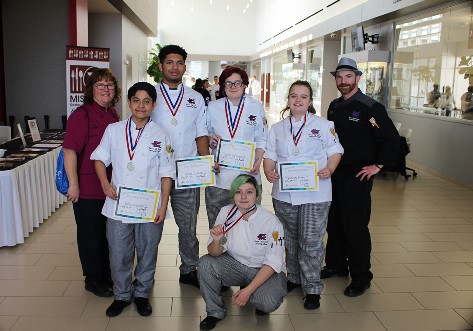by Stephen Koranda, Kansas News Service
Now that Republican leaders have a report they commissioned on school funding, it’s not clear they’ll pursue its recommendations to spend more for better student performance.
Lawmakers continued digging into the numbers Monday and quizzed the study’s authors for the first time since the document was unveiled Friday.
The study suggests lawmakers boost school spending by up to 44 percent over five years. That would mean pouring an additional $2 billion into education. Legislators are searching for ways to respond to a state Supreme Court ruling that says schools aren’t adequately funded.
Some previous estimates of the cost to comply with the court ruling were around $600 million. Those were dwarfed by the latest report.
The study’s main author, Texas A&M University researcher Lori Taylor, said the consultants found a “strong, statistically significant” relationship between spending and student performance.
Taylor said the big funding boost recommended in the study would kick-start student outcomes.
“First, you have to catch up,” Taylor said. “There would need to be some additional funding to bring the students, basically, up to grade level.”
In addition, Taylor told lawmakers that schools were already running quite efficiently. She said their study found inefficiencies in Kansas schools were only around one-third of what they found in some other states.
“That is remarkably good,” Taylor said. “It suggests a very prudent use of the resources.”
Some Republicans are warning of the consequences that would come from a major funding boost for schools.
Republican Senate President Susan Wagle issued a statement Monday saying tax increases or spending cuts would follow if lawmakers send large increases in spending to local school districts.
“Kansans cannot afford what the court is demanding,” she said. “We cannot afford what the new study is recommending.”
There would be no appetite for a tax increase in an election year, said Republican Sen. Gene Suellentrop. He said lawmakers would have to make massive cuts to other state services if they boost spending in the way the study recommends.
“If we pour this kind of money into education without regard to anything else, what will our state look like in 10 years?” Suellentrop asked. “What will the infrastructure look like? What will our health care look like? What will our corrections facilities look like?”
Republican Sen. Molly Baumgardner said the study’s funding increases were aimed at a 95-percent high school graduation rate, which no state has achieved. She said lawmakers probably would not pursue that.
“You talk about a shot to the moon, it is a shot to the moon for every state,” Baumgardner said. “We can come up with some very realistic and appropriate goals for our state.”
Republican Rep. Melissa Rooker is one of the lawmakers who has advocated for more school funding in recent years. She said the study changes the conversation. To her, the question now is whether lawmakers are willing to pay for schools that produce better outcomes.
“What is it we expect from our schools and are we willing to fund that expectation?” Rooker asked. “This identifies the costs of achievement.”
Lawmakers could build a plan that would start to approach the funding targets without busting the state budget, said Democratic Rep. Ed Trimmer. He said some money would be needed up front, but much of the funding could be phased in with a long-term plan.
“Realistically, schools could not absorb that much money over a few years,” Trimmer said.
Trimmer said tying future funding increases to the inflation rate could help forge an agreement.
“I think it’s possible,” he said, “but we don’t have much time.”
The Kansas Supreme Court has ordered lawmakers to approve a new school funding plan by the end of April so the justices can rule before the end of June.
Stephen Koranda is Statehouse reporter for Kansas Public Radio, a partner in the Kansas News Service. Follow him on Twitter @kprkoranda. Kansas News Service stories and photos may be republished at no cost with proper attribution and a link back to the original post.
See more at http://kcur.org/post/kansas-school-funding-report-hand-lawmakers-confront-its-tough-pricey-suggestions


